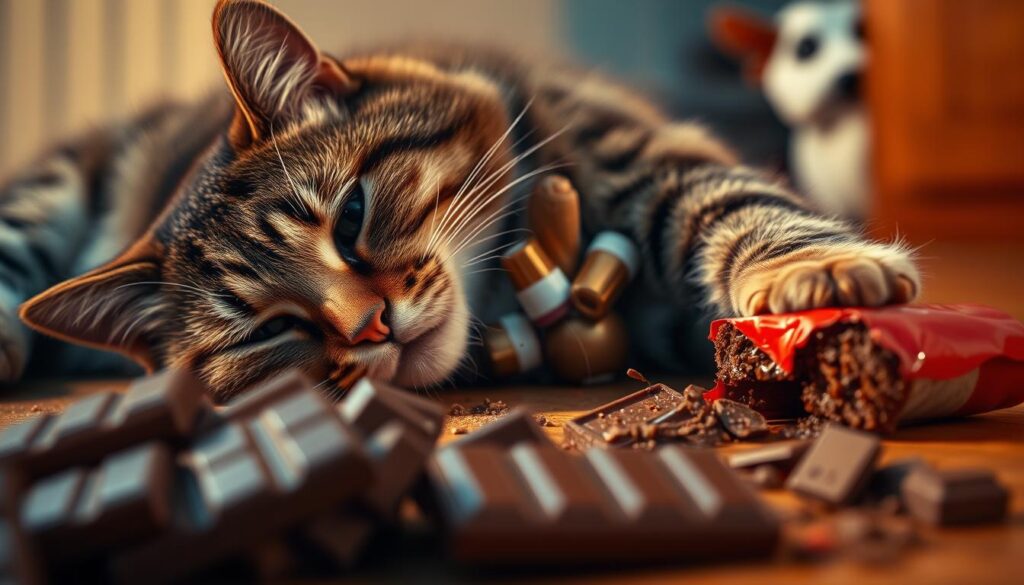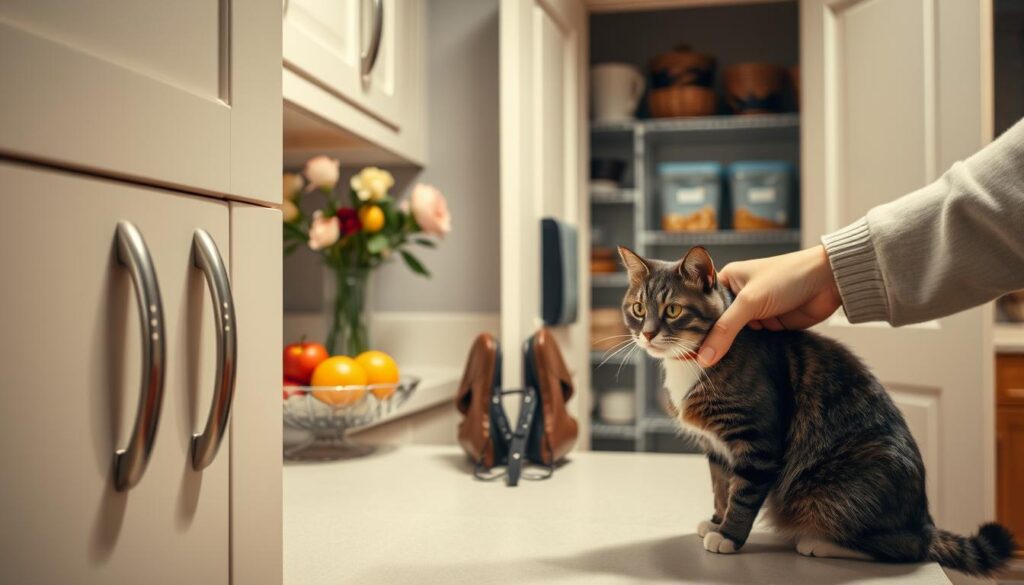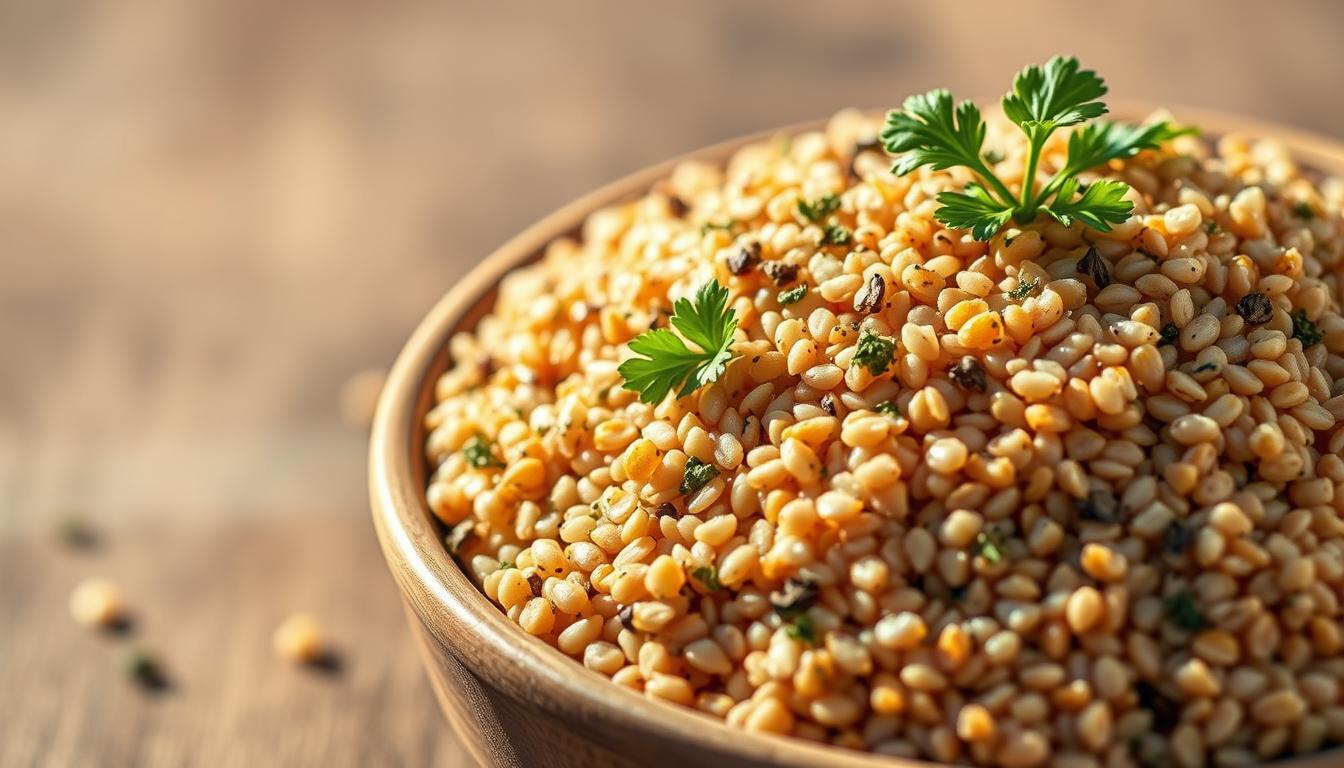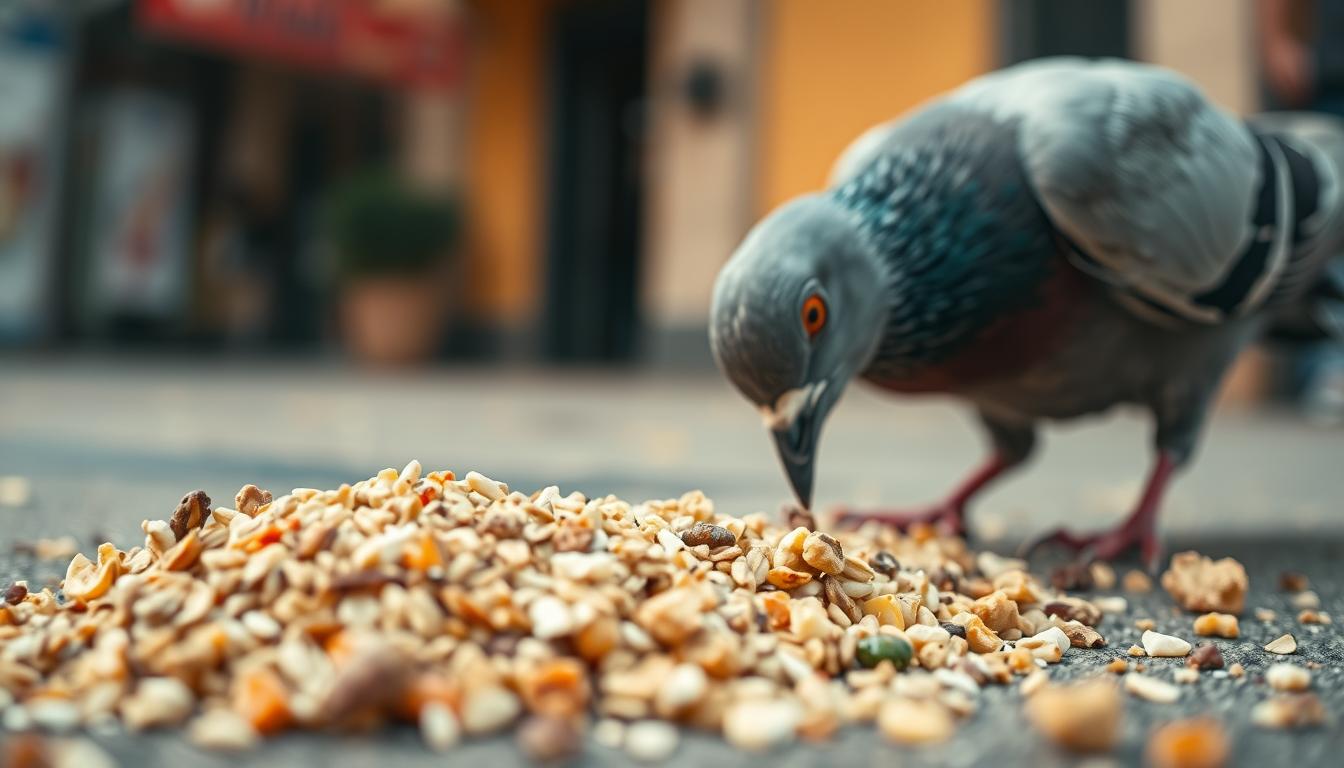As a cat parent, you might ask yourself, is chocolate OK for cats? The answer is a firm no! While chocolate is a favorite treat for humans, it contains hidden dangers that can seriously harm your feline companion.
The main culprits are theobromine and caffeine—two toxic compounds found in chocolate. Even a small amount can lead to vomiting, diarrhea, or, in severe cases, life-threatening poisoning.
Cats are highly sensitive to these toxins, making even minor exposure dangerous. Dark chocolate and cocoa powder pose the greatest risk due to their high theobromine content.
If your cat consumes chocolate, don’t wait—contact your vet immediately. Quick action can prevent serious health complications. To keep your pet safe, store chocolate out of reach and choose cat-friendly treats instead.
Read on to discover the dangers, symptoms, and how to protect your furry friend.
Table of Contents
Understanding is chocolate ok for cats: Risks and Toxic Ingredients
Chocolate contains substances called theobromine and caffeine, which are harmful to cats. These compounds are naturally found in cacao plants and act as stimulants in humans. However, cats metabolize them much slower, leading to toxic buildup.
Theobromine is the primary toxin, with darker chocolates and baking chocolate having the highest concentrations. Even small amounts can cause severe health issues, including vomiting, diarrhea, and an irregular heartbeat. Caffeine, while less concentrated, also contributes to these harmful effects.
The type of chocolate greatly influences the risk. Dark chocolate poses a higher threat than milk chocolate due to its theobromine content. Symptoms can appear within 6-12 hours and may last up to 3 days. If you suspect your cat has ingested chocolate, contact your vet immediately for treatment.
Monitoring the amount your cat consumes is crucial. The toxic threshold is about 20 mg of theobromine per kilogram of body weight. For a 10-pound cat, just 0.3 ounces of baking chocolate can be dangerous. Always keep chocolate out of reach and opt for cat-safe treats instead.
Identifying Symptoms and Immediate Treatment Steps
If your cat has eaten chocolate, it’s crucial to act quickly. Chocolate contains theobromine and caffeine, which are toxic to cats. These substances can cause a range of symptoms, from mild discomfort to life-threatening conditions.
Recognizing Warning Signs of Chocolate Poisoning
The symptoms of chocolate poisoning in cats can vary depending on the amount and type of chocolate consumed. Common signs include vomiting, diarrhea, hyperactivity, and tremors. In severe cases, your cat may experience rapid heart rate, seizures, or even organ failure. These symptoms can appear within 1-4 hours after ingestion and may last for days without treatment.

When and How to Contact Your Veterinarian
If you suspect your cat has eaten chocolate, don’t wait. Contact your veterinarian or pet poison control immediately. Provide details about the type and amount of chocolate consumed, as this information is vital for treatment. Avoid home remedies like inducing vomiting, as they can worsen the situation without professional guidance. Early intervention is key to preventing serious health complications.
Strategies to Prevent Chocolate Exposure in Your Home
Protecting your cat from chocolate poisoning requires proactive measures. By implementing simple strategies, you can create a safer environment for your pet.
Safe Storage Practices and Environmental Controls
- Store chocolate in secured cabinets or high shelves your cat can’t reach.
- Use pet locks on cabinets to prevent accidental access.
- Dispose of chocolate wrappers securely to avoid curiosity-driven ingestion.

Cat-Friendly Treat Alternatives and Dietary Adjustments
Offer your cat safe, nutritious treats like greenies dental chews or freeze-dried chicken strips. These alternatives satisfy their cravings without the risks.
- Opt for veterinarian-approved treats.
- Consider interactive food puzzles for mental stimulation.
Seasonal and Holiday Precautions to Keep Cats Safe
During holidays, when chocolate is abundant, take extra precautions:
- Keep chocolate gifts and decorations out of reach.
- Warn guests about the dangers of sharing treats with your cat.
- Be mindful of small items like wrapping paper and ribbons, which can cause harm if ingested.
Education is crucial. Inform all household members about the risks to ensure everyone contributes to your cat’s safety.
Conclusion
As a responsible pet parent, it’s crucial to remember that chocolate poses serious risks to your cat’s health. The toxic compounds theobromine and caffeine can lead to symptoms like vomiting, diarrhea, and even heart rate issues. Even small amounts can be dangerous, especially dark chocolate, which has higher toxin levels.
Preventing chocolate exposure is key. Store treats securely and opt for cat-safe alternatives like dental chews or freeze-dried snacks. If your cat ingests chocolate, act quickly—contact your vet immediately to prevent severe poisoning.
Your cat’s well-being depends on your vigilance. Keep chocolate out of reach and educate everyone in your household about the dangers. Remember, your cat’s health is in your hands. Always prioritize their safety and seek emergency care if needed. By taking these steps, you ensure a happy and healthy life for your furry friend.
FAQ
What makes chocolate toxic to cats?
Chocolate contains theobromine and caffeine, which are toxic to cats. These compounds can affect your cat’s heart rate, nervous system, and digestive system.
How much chocolate is dangerous for a cat?
The toxicity depends on the type of chocolate and your cat’s weight. Dark chocolate and baking chocolate are more harmful than milk chocolate due to higher theobromine levels. Even small amounts can cause symptoms.
What are the signs of chocolate poisoning in cats?
Symptoms include hyperactivity, vomiting, diarrhea, increased heart rate, and tremors. In severe cases, it can lead to seizures or heart failure.
What should I do if my cat eats chocolate?
Contact your veterinarian immediately. They may recommend inducing vomiting or administering activated charcoal to prevent toxin absorption. Delaying treatment can worsen symptoms.
Can cats eat milk chocolate safely?
No, even milk chocolate contains theobromine, though in smaller amounts than darker varieties. It’s still toxic and can harm your cat, especially if consumed in large quantities.
How can I prevent my cat from eating chocolate?
Keep all chocolate products out of your cat’s reach. Store them in sealed containers or high cabinets. Offer cat-friendly treats instead to satisfy their curiosity.
Is chocolate poisoning more dangerous for cats than dogs?
Cats are more sensitive to theobromine due to their slower metabolism. While dogs can also be affected, cats are at a higher risk of severe complications.
What’s the best way to support my cat’s health after chocolate exposure?
Provide fresh water and monitor their behavior closely. If symptoms appear, seek emergency veterinary care. Your vet may also recommend follow-up exams to ensure recovery.
How long does it take for chocolate poisoning symptoms to appear?
Symptoms can develop within 2 to 4 hours after ingestion. The faster you act, the better the chances of preventing serious harm to your cat.
Are there any safe human foods I can give my cat as treats?
Yes, options like plain cooked chicken, pumpkin, or green beans are safe and healthy for cats. Always avoid giving them chocolate, caffeine, or other toxic substances.
Source Links
- Can Cats Eat Chocolate? – https://www.petful.com/pet-health/can-cats-eat-chocolate/
- What Foods Are Toxic to Cats? 16 Everyday Items (Vet Reviewed) – Catster – https://www.catster.com/cat-health-care/what-foods-are-toxic-to-cats/
- Animal Hospital of North Asheville – https://www.ahna.net/site/blog-asheville-vet/2024/07/15/cat-chocolate
- Veterinarian guide: Can cats eat chocolate? – betterpet – https://betterpet.com/can-cats-eat-chocolate/
- Can Cats Eat Chocolate? Human Food for Cats – https://www.kinship.com/cat-nutrition/can-cats-eat-chocolate
- Can Cats Eat Chocolate? A Complete Guide For Pet Owners – https://thepawspets.com/can-cats-eat-chocolate/
- Can Cats Eat Chocolate? What To Do if Your Cat Eats Chocolate – https://www.petmd.com/cat/poisoning/can-cats-eat-chocolate
- Is chocolate poisonous to cats? | Blog – https://www.cats.org.uk/cats-blog/why-is-chocolate-poisonous-for-cats
- Can Cats Eat Chocolate? No! – https://www.pumpkin.care/blog/can-cats-eat-chocolate/
- Can Cats Eat Chocolate? – https://noblevetclinic.com/blog/can-cats-eat-chocolate
- My Cat Ate Chocolate! Our Vet Explains Toxicity & What to Do – Catster – https://www.catster.com/ask-the-vet/my-cat-ate-chocolate/
- Can Cats Eat Chocolate? Vet Reviewed Facts & Safety Guide – Catster – https://www.catster.com/nutrition/can-cats-eat-chocolate/




